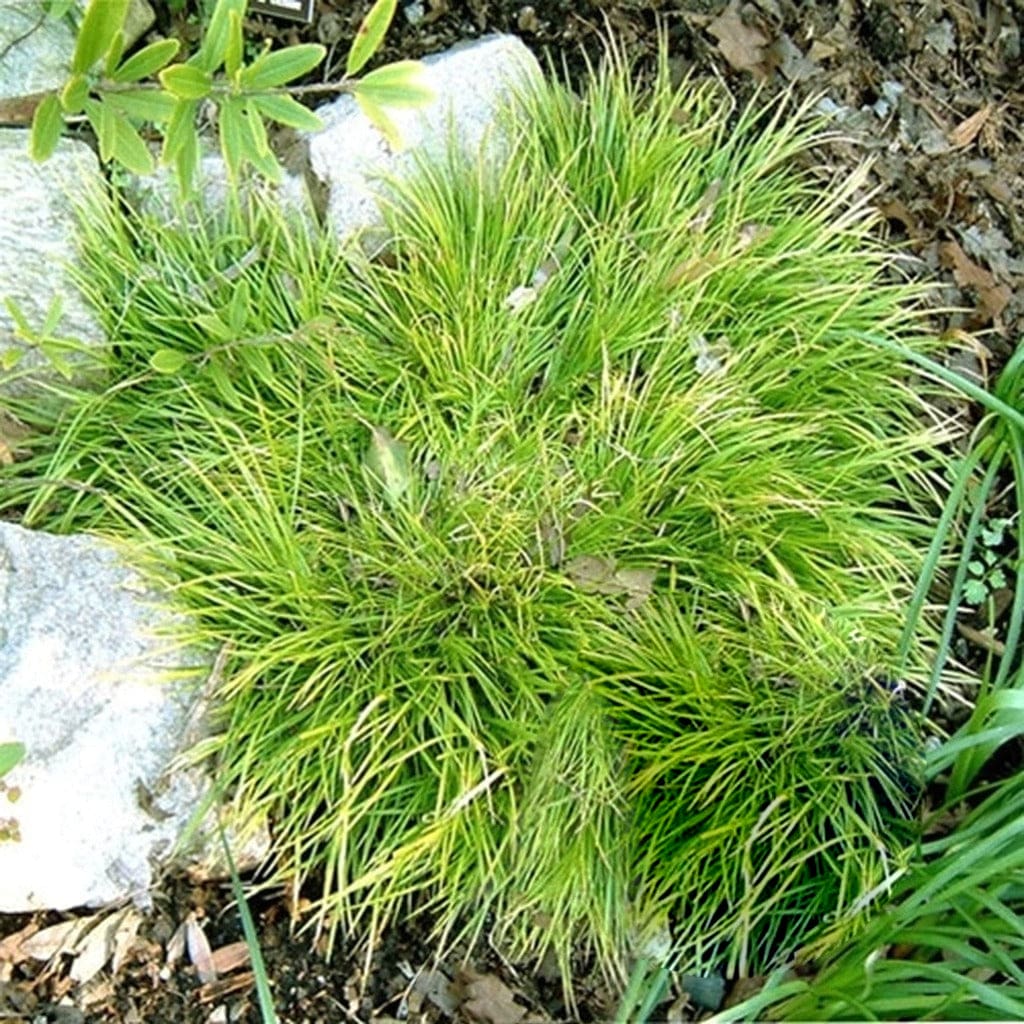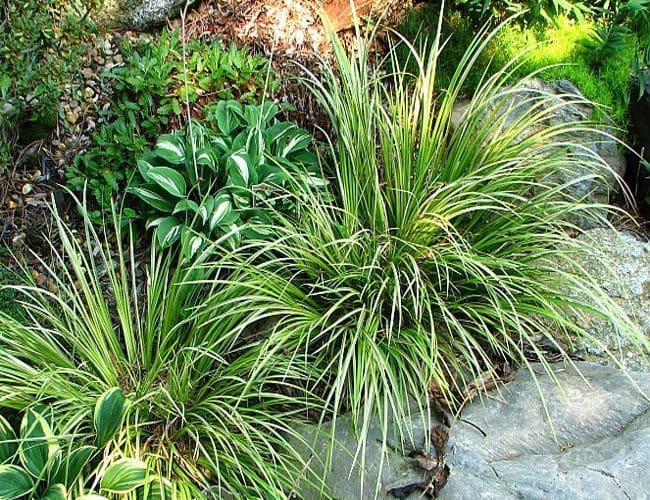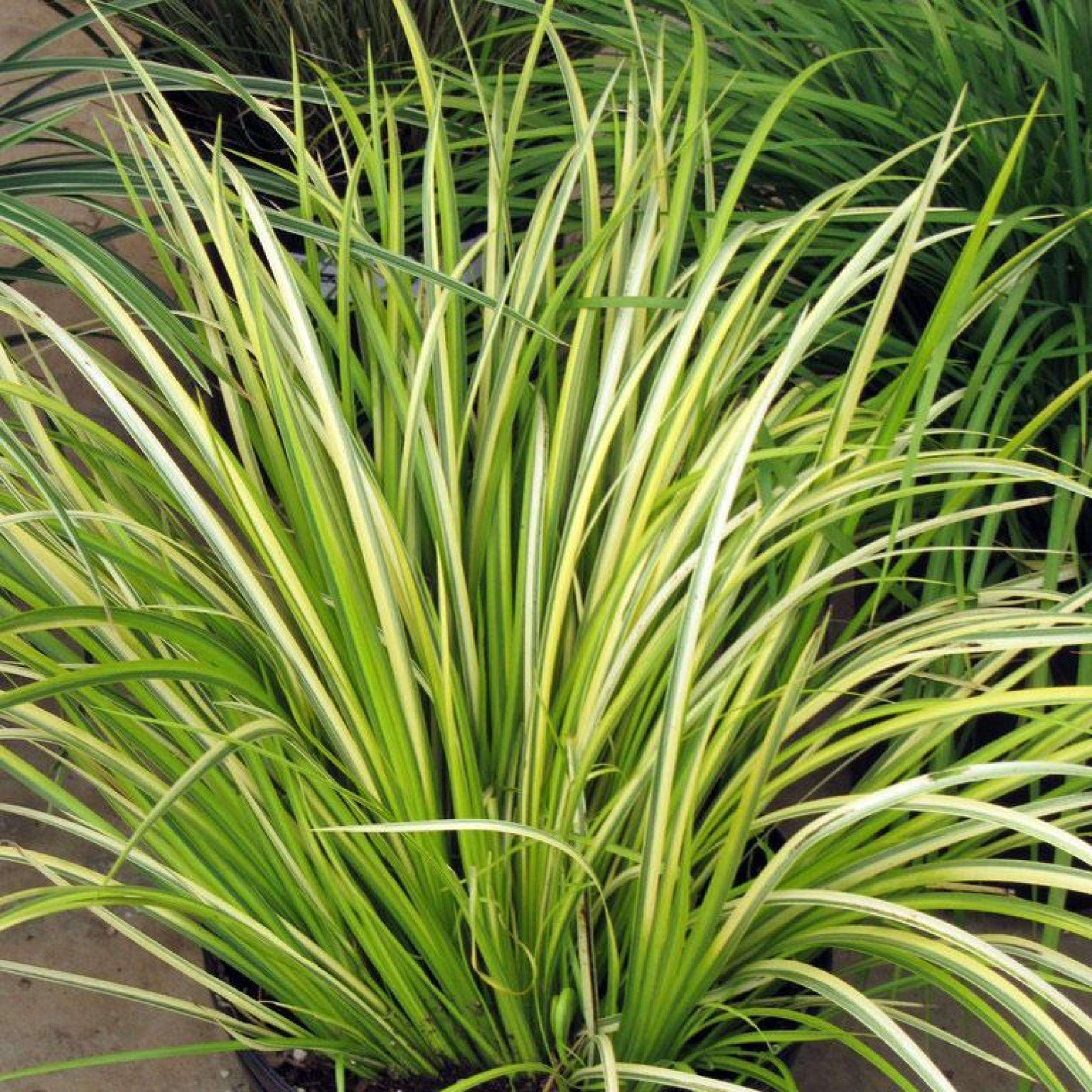As you delve into the world of aquatic botany, you will perhaps encounter a plant species known as the Dwarf Sweet Flag. This article illuminates the fascinating botanical features of this aquatic plant species, exploring its water toleration, its vegetation patterns, and its application in man-made water features. It elucidates the unique tie between its biological development and aquatic habitats, while offering a comprehensive understanding of its role in the ecosystem. Prepare yourself for a riveting journey into plant science, where you will enhance not only your understanding of Dwarf Sweet Flag, but also gain a broader perspective on water plant taxonomy.

Defining the Aquatic Plant Dwarf Sweet Flag
The Dwarf Sweet Flag, scientifically classified as Acorus gramineus, is a perennial plant native to Asia. Originating on the serene riverbanks and marshy areas of Japan, China and Korea, it has become a popular choice among gardeners, landscapers and water garden enthusiasts around the world.
Scientific classification and origin
The Dwarf Sweet Flag belongs to the Acoraceae family. This family is unique, consisting of a single genus, Acorus, where our subject dwells as a thriving member. The plant has its roots stationed in Eastern Asia but has significantly expanded its geographical presence around the globe over time.
Physical characteristics
The Dwarf Sweet Flag is recognized for its attractive, evergreen, grass-like foliage. It usually grows to about 30 to 50 centimeters in height and spreads radially to form clusters. The leaves are narrow, flat and bright green with parallel veins running from the base to the leaf tip.
Common names and synonyms
Over time, the Dwarf Sweet Flag has acquired various monikers because of its differing traits and uses. These include Japanese Rush, Grassleaf Sweet Flag, Japanese Sweet Flag and the botanical synonym, Acorus gramineus ‘Pusillus’.
Habitat of Dwarf Sweet Flag
This plant is truly a versatile one thriving in various habitats, given the right conditions. It has a preference for full sun to partial shade and enjoys moist or even soggy ground.
Natural environments where it thrives
The Dwarf Sweet Flag is at home in marshes, watersides and wetlands, typically found along streams and river banks. It can also be found in bog gardens illustrating its ability to adapt to varied locations.
Climate and temperature preferences
The Dwarf Sweet Flag is a hardy plant, capable of thriving in varied temperature ranges. It can survive in USDA hardiness zones of 6 to 9 and is relatively frost tolerant.
Soil and water conditions
The Dwarf Sweet Flag prefers moist, wet soil conditions. It is also more than capable of surviving in standing water. The plant is versatile and tolerates a range of soil types, from sandy and loamy, to clay.

Growth and Life Cycle of Dwarf Sweet Flag
The Dwarf Sweet Flag is a perennial, implying a life cycle of more than two years. Its growth pattern includes a steady progression from germination to maturity.
Process of germination and sprouting
The Dwarf Sweet Flag usually propagates through a process involving its rhizomes. While it can produce seeds, they usually do not have a high germination rate.
Stages of growth and maturity
The plant develops from a budding shoot into mature foliage, with the rhizomes spreading underground allowing for the development of new clusters of the plant.
Lifespan and longevity in different conditions
With optimal conditions, Dwarf Sweet Flag can live and proliferate for several years. Its resilience to different conditions and ability to withstand frost contribute to its longevity.
Generative Reproduction of Dwarf Sweet Flag
Like other perennial plants, the Dwarf Sweet Flag undergoes generative reproduction, which involves the flowering, seed formation and dispersal process.
Flowering and pollination process
The Dwarf Sweet Flag produces small, discrete flowers that are greenish-yellow in color. Flowers typically emerge in mid to late spring.
Formation and dispersal of seeds
After the flowering season, seeds are formed and dispersed. However, their viability is often low and not a common method of propagation for the plant.
Viability of seeds and germination rate
As mentioned, the Dwarf Sweet Flag does produce seeds, but their viability is comparably low with inconsistent germination rates, making it an unreliable method of propagation.

Vegetative Reproduction of Dwarf Sweet Flag
Vegetative reproduction, or propagation, is the primary method through which the Dwarf Sweet Flag spreads.
Propagation methods
Propagation of the Dwarf Sweet Flag often involves dividing the plant in the spring or fall. By pulling apart the tufts and replanting the rhizomes, new plants can be produced.
Times and conditions for best propagation results
Spring and fall are considered ideal times to propagate Dwarf Sweet Flag, as the plant can recover from the division process during the temperate weather.
Care of new plants during propagation
Once planted, the new sprouts should be watered frequently and protected from extreme weather conditions to ensure their healthy growth.
Cultural and Historical Use of Dwarf Sweet Flag
Dwarf Sweet Flag has a rich cultural history with various uses in traditional medicine and industry.
Traditional uses in herbal medicine
Historically, Dwarf Sweet Flag has been used in traditional medicine, particularly in East Asia. Its roots reputedly have therapeutic properties, used to improve appetite, aid digestion and even to relieve toothache.
Cultural symbolism and significance
In cultural symbolism, Dwarf Sweet Flag is often associated with peace and tranquillity due to its native wetland habitat. In some cultures, it has been utilized in religious rituals and ceremonies.
Historical uses in manufacturing and industry
Historically, Dwarf Sweet Flag was used for making mats and baskets due to the strong, flexible nature of its leaves. It has also been used in perfumes due to its distinct, pleasant fragrance.

Economic Importance of Dwarf Sweet Flag
Commercially, the Dwarf Sweet Flag has various uses ranging from landscaping to production of essential oils.
Commercial cultivation and harvest
Commercial cultivation of Dwarf Sweet Flag is primarily for the landscaping and gardening industry. Also, it is cultivated for extraction of essential oils from its roots.
Markets and industries that use Dwarf Sweet Flag
The key markets for Dwarf Sweet Flag are the landscaping industry, horticulture, and the herbal medicine industry, while a growing interest is in organic cosmetics production.
Economic impact and projections
The market for Dwarf Sweet Flag, especially in the fields of landscaping and horticulture, is witnessing steady growth. Driven by consumer interest in natural and organic products, economic forecasts for the plant remain positive.
Cultivation and Care of Dwarf Sweet Flag in Gardens and Ponds
The Dwarf Sweet Flag is a popular choice for water gardens and ponds due to its attractive foliage and easy care instructions.
Ideal conditions for cultivation
The ideal conditions for cultivation include a wet, well-drained soil, with full sun to partial shade.
Common pests and diseases and their control
While the Dwarf Sweet Flag is generally resistant to most pests and diseases, it can sometimes be affected by root rot if overwatered. Control mechanisms usually involve ensuring the right watering habits and occasionally using anti-fungal treatments.
Maintenance and care best practices
Maintenance of the Dwarf Sweet Flag involves regular watering, especially in dry periods, trimming of dead leaves and occasionally dividing the tufts to prevent overcrowding.

Conservation Status and Threats to Dwarf Sweet Flag
As a largely cultivated species, conservation of Dwarf Sweet Flag does not pose significant issues. However, with the increasing environmental changes, some challenges have begun to emerge.
Current conservation status
Currently, the Dwarf Sweet Flag does not fall under the category of endangered or threatened species. It is largely cultivated and not in imminent danger of extinction.
Environmental threats and impacts
Despite its hardy nature, Dwarf Sweet Flag may face threats from environmental changes such as global warming that could alter wetland ecosystems, potentially impacting future populations.
Efforts towards conservation and propagation
While not a focus of major conservation projects, local horticultural societies and garden enthusiasts often work towards preserving and propagating the Dwarf Sweet Flag.
Scientific Research and Studies on Dwarf Sweet Flag
There is ongoing research into the Dwarf Sweet Flag’s medicinal properties and growth patterns.
Research on medicinal properties and uses
Studies into the therapeutic properties of this plant are being conducted, exploring potential uses in treating ailments such as inflammation, insomnia, and digestive problems.
Studies on habitat and growth patterns
Research is also focused on understanding the plant’s growth pattern and habitat preferences to optimize cultivation and yield.
Ongoing and future research directions
The future of research on Dwarf Sweet Flag looks promising, with a focus on its genetic characteristics and the possibility of new uses in medicine and industry.